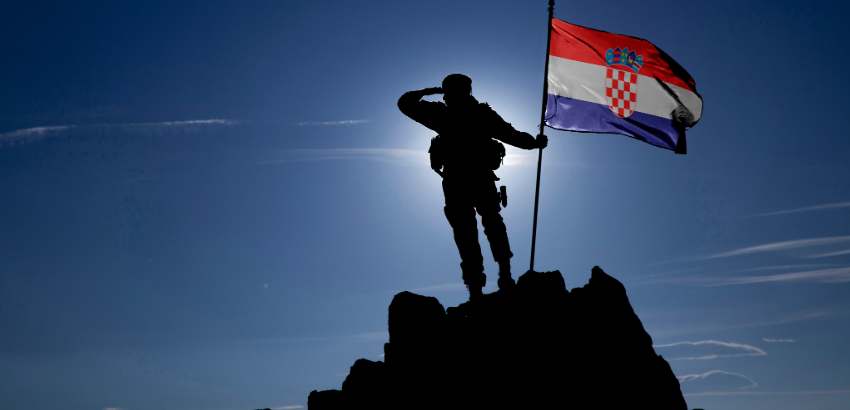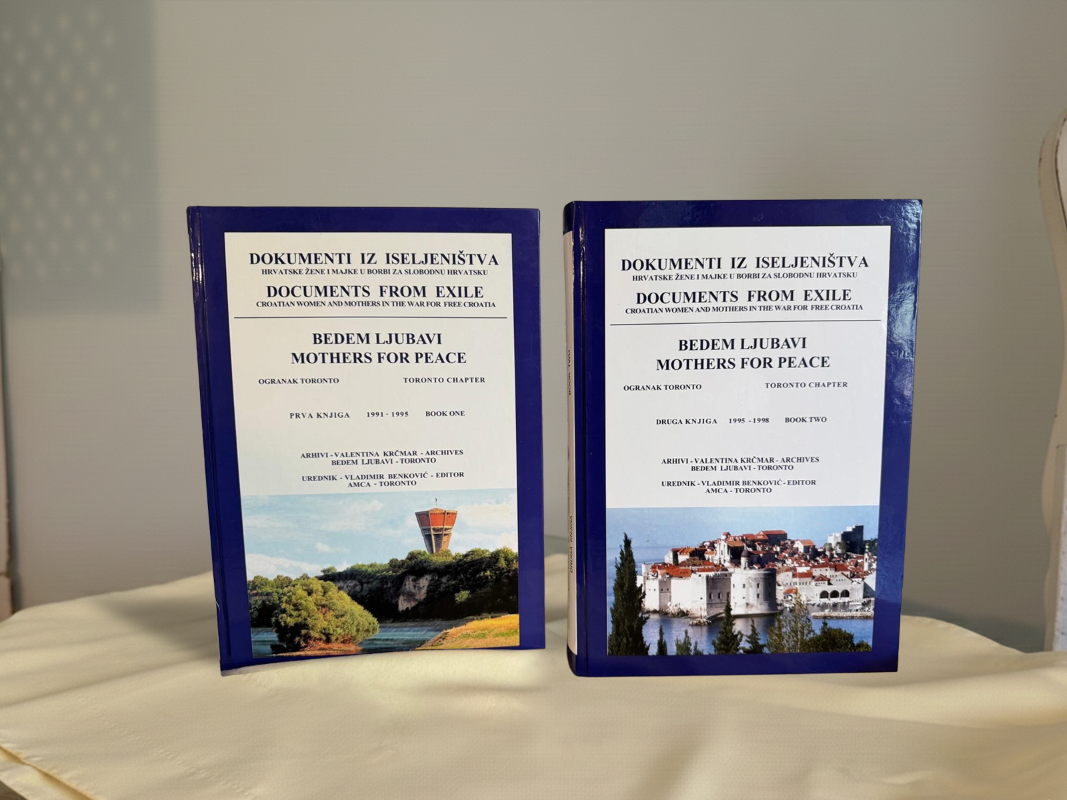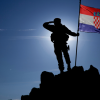
After years of intense fighting and fragile ceasefires, 1994 marked a strategic turning point for Croatia. The country began to shift its focus from survival to preparation — rebuilding its military strength, forming diplomatic alliances, and positioning itself for the decisive years ahead.
March 18 – The Washington Agreement
On March 18, a major diplomatic breakthrough took place with the signing of the Washington Agreement between Croatia and the government of Bosnia and Herzegovina. The accord ended the conflict between Croat and Bosnian forces within Bosnia, which had erupted the previous year.
The agreement established the Federation of Bosnia and Herzegovina, uniting Bosnian Croats and Bosniaks against their common enemy — Serb forces. For Croatia, this peace was more than symbolic; it allowed the government to redirect its attention and resources toward reclaiming the Serbian-occupied territories within its own borders.
The Washington Agreement also improved Croatia’s standing in the international community, demonstrating its willingness to cooperate and seek stability in a region torn apart by ethnic war.
November – Western Military Cooperation
By late 1994, Croatia began receiving Western military support and training, marking a quiet but decisive shift in its military capabilities. Through new defense cooperation agreements with the United States, Croatia gained access to advanced training programs, strategic planning assistance, and improved logistical coordination.
These partnerships transformed the Croatian Army (HV) into a more disciplined and modern force, capable of launching coordinated large-scale operations. The improvements made during this period would soon prove critical in the campaigns that followed.
Context and Significance
The year 1994 was one of consolidation and preparation. The fighting front in Croatia remained relatively stable, but behind the lines, the country was rebuilding its strength, alliances, and confidence. Croatia’s forces were no longer the outnumbered militia of 1991 — they were becoming a professional army, ready to reclaim what had been lost.
By the end of the year, the stage was set for a dramatic resurgence. The groundwork laid in 1994 would pave the way for the decisive victories of 1995.




